Typhoon Haishen made landfall in South Korea early Monday, September 7 after barrelling through southern Japan over the weekend.
Haishen first hit Ulsan – north of the southern port city of Busan – the Korean Meteorological Administration (KMA) said, bringing torrential rains and strong winds to the area.
Haishen is the second powerful typhoon to affect South Korea and Japan after the destruction wrought by Typhoon Maysak last week.
It toppled trees and cut off power in Busan, affecting 580 households, Yonhap News Agency said. Almost 300 flights were canceled across the country and trains running between Busan and neighboring cities were halted.
The typhoon, however, caused much less damage than feared.
No casualties were reported but Yonhap said a 57-year-old man stuck in the elevator due to power outage was rescued by firefighters. There were also no casualties reported when a water tank on top of a house exploded. A man in his 60s was also rescued after a landslide hit his home.
South Korea’s weather agency said the typhoon is expected to arrive in Chongjin, North Korea at midnight, where it is expected to dissipate.
"It is highly likely that the typhoon will weaken as it passes by the country due to the southern sea's relatively cool temperature of less than 27 C, coupled with cool air in the upper atmosphere and strong wind," a KMA official said.
In Japan, more than eight million people were evacuated as Haishen battered its southern territory over the weekend and continued to move toward South Korea.
Authorities also said at least 18 people were injured in Kagoshima, Kumamoto, Miyazaki and Nagasaki prefectures due to the storm, according to The Japan Times.
It caused heavy rains and strong winds, leaving some 476,000 homes without power, raising concerns of heat stroke in some areas.
The Japan Times reported that the initial assessment on Monday morning showed the typhoon had done less damage than expected, but it did disrupt travel and business activity.
Japan’s major air carriers were forced to cancel some 300 flights over the weekend and 370 flights in Kyushu and Okinawa for Monday. Train services were also halted, affecting around 32,800 passengers, while telecommunications companies reported problems.
More than 8.59 million people in the country’s western areas were told to evacuate, but Miyazaki city on Kyushu island was not able to accept evacuees after halving capacities to enforce physical distancing measures against the coronavirus.
Last week, one elderly woman was killed and thousands were evacuated when Typhoon Maysak ravaged through South Korea.
When a cargo vessel with 43 crew members on board went missing off the coast of Japan, the country’s coast guard had to stop the search and rescue operation due to the inclement weather after finding just three survivors.
Here are photos of massive waves brought by the typhoon.
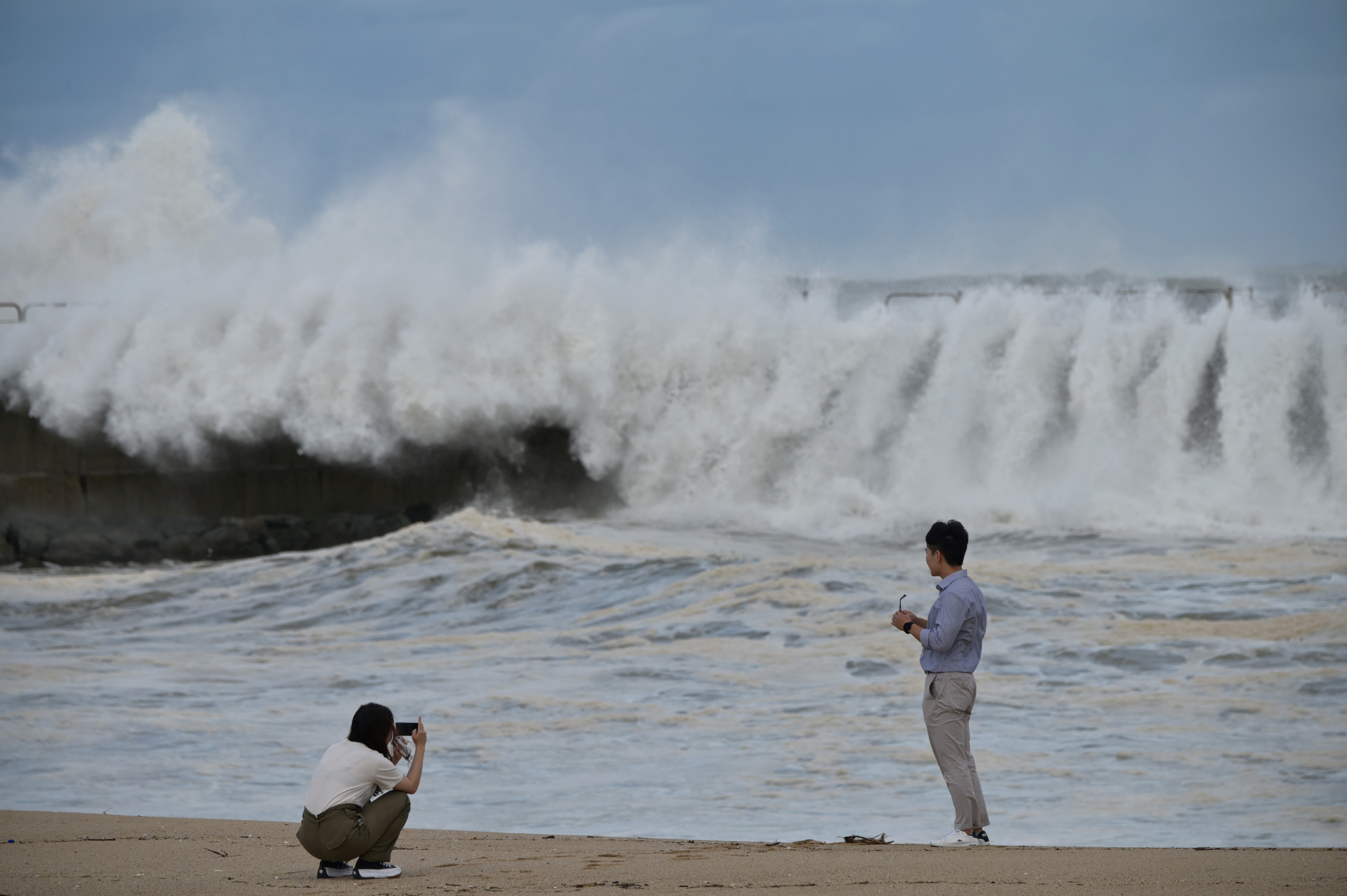
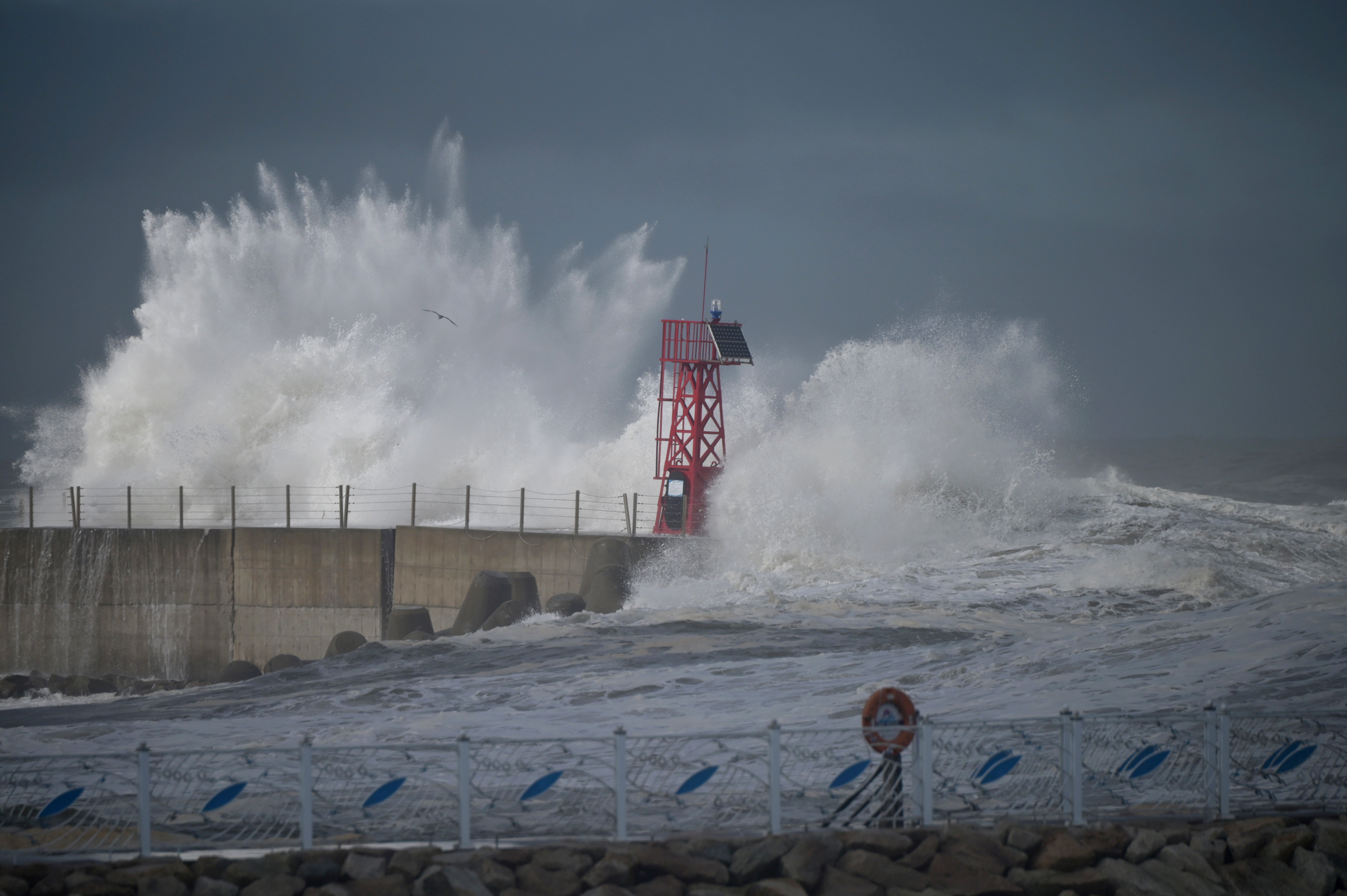
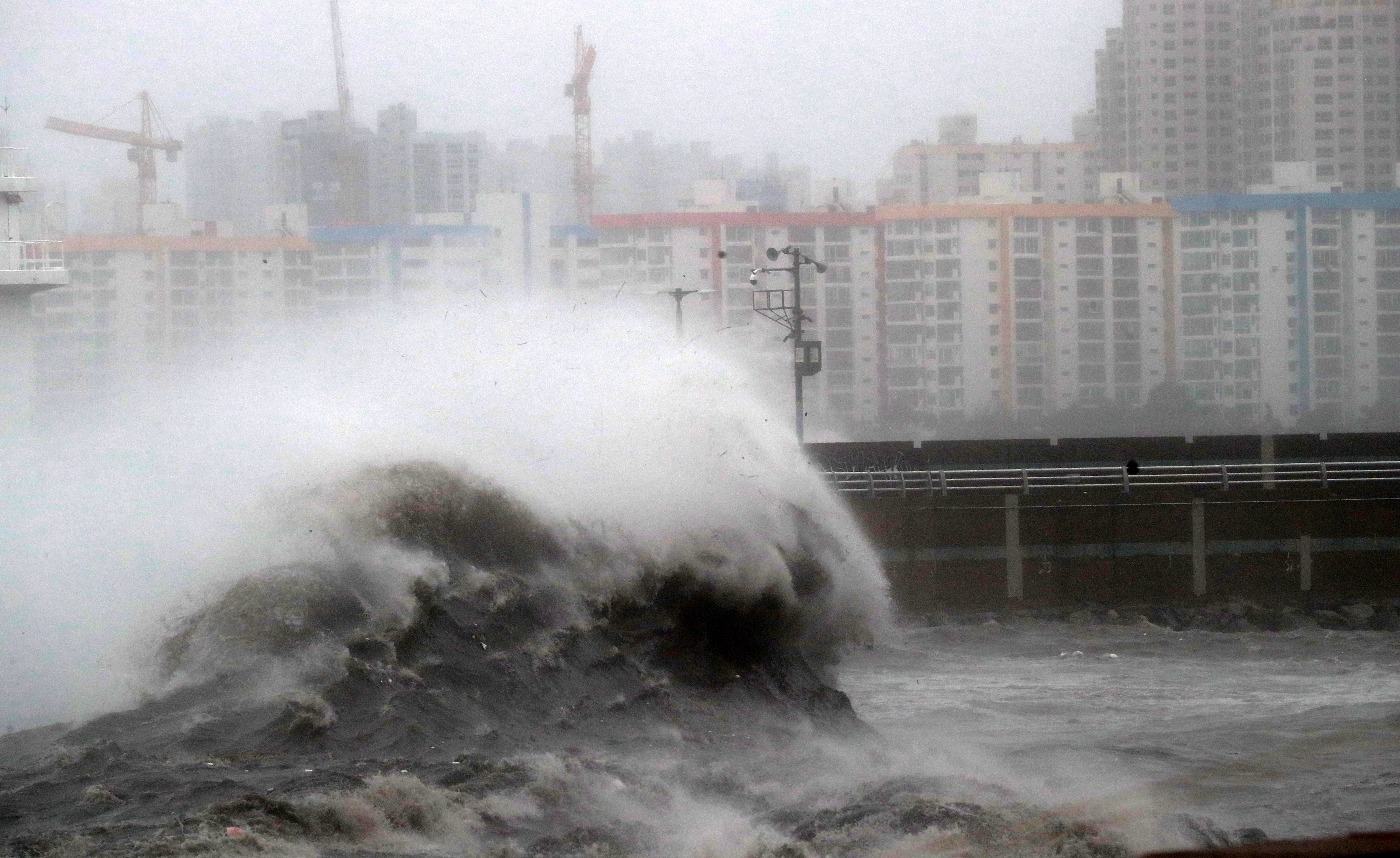
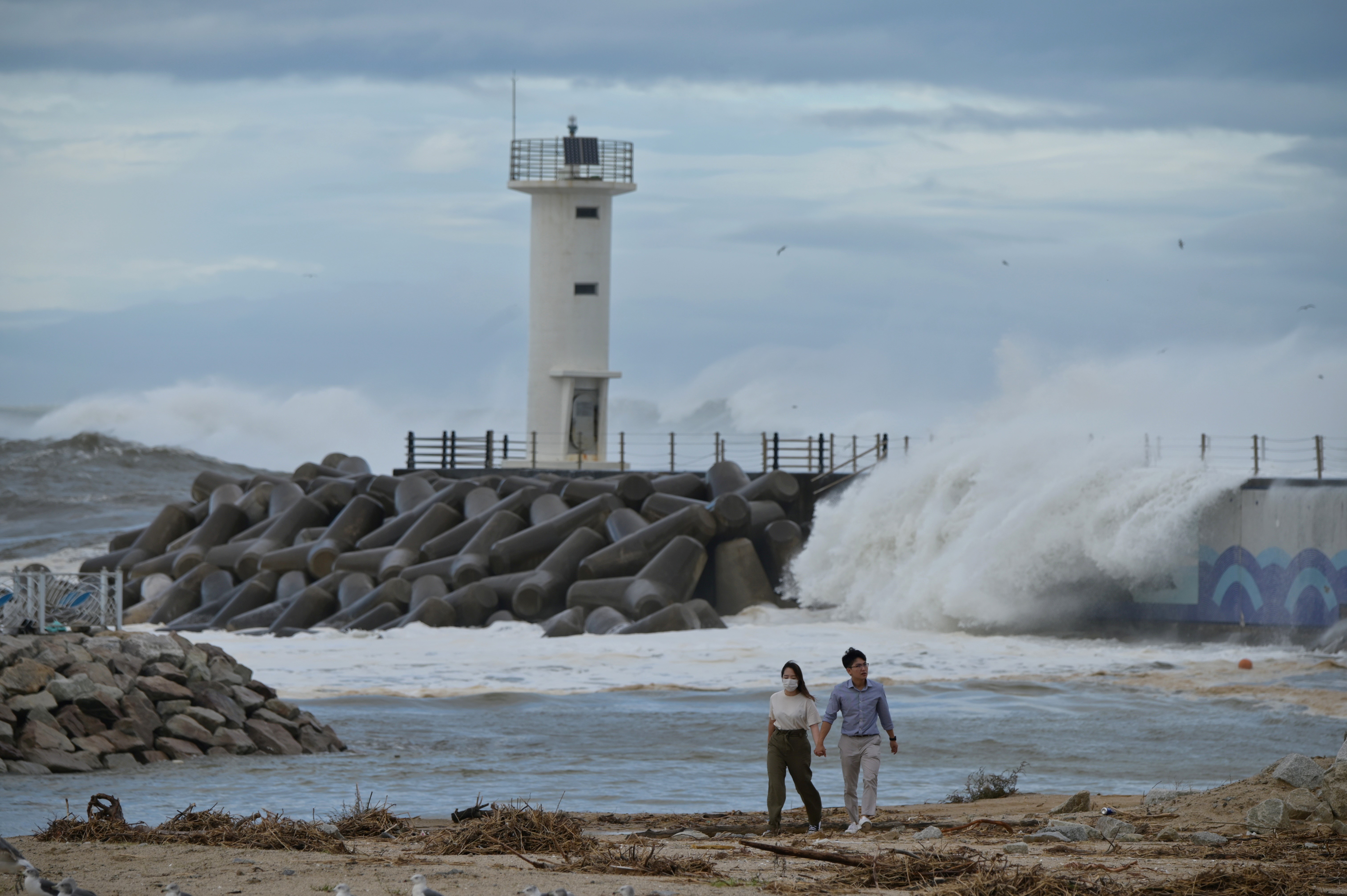
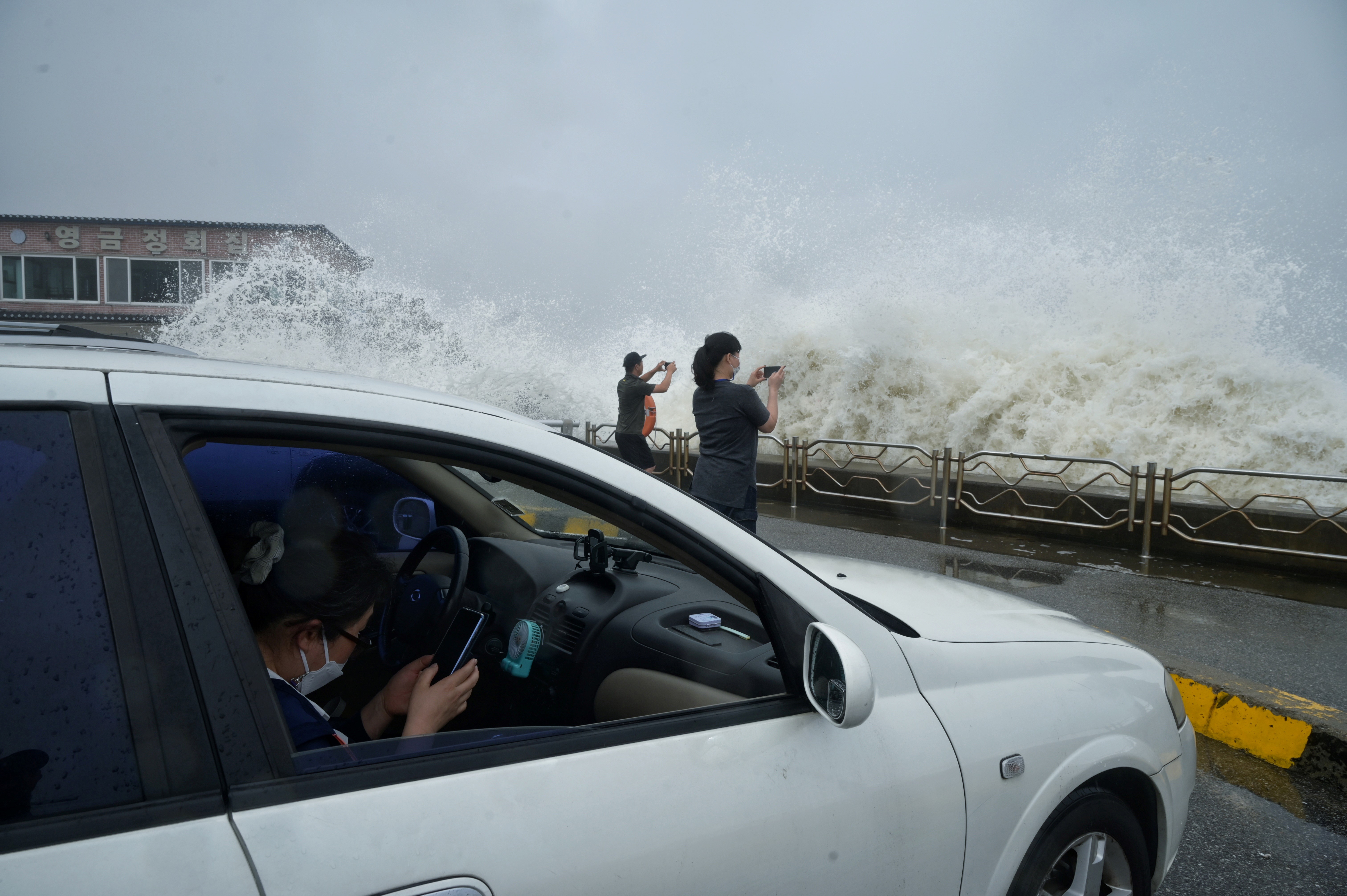
This article originally appeared on VICE ASIA.
from VICE US https://ift.tt/35eJZiP
via cheap web hosting
No comments:
Post a Comment